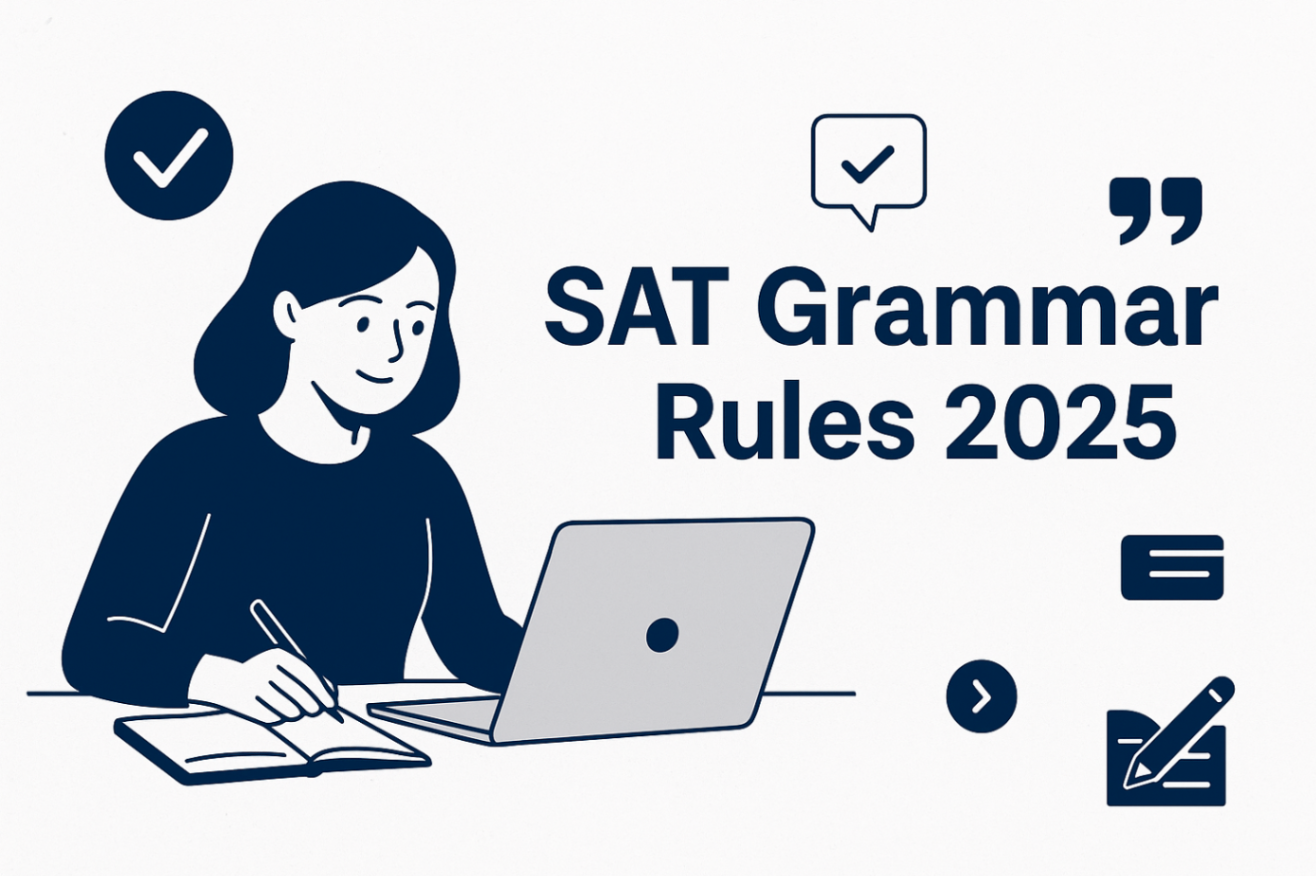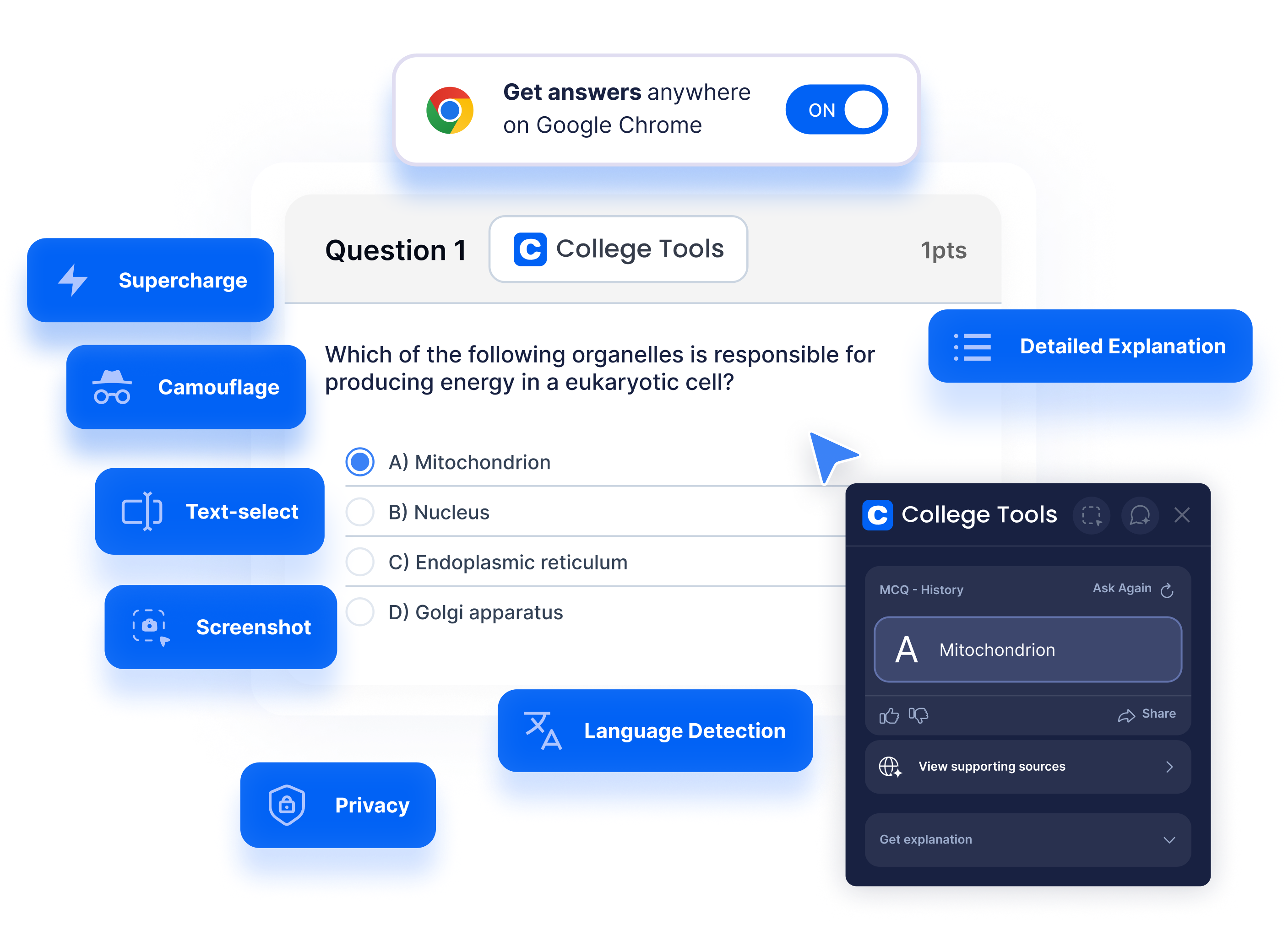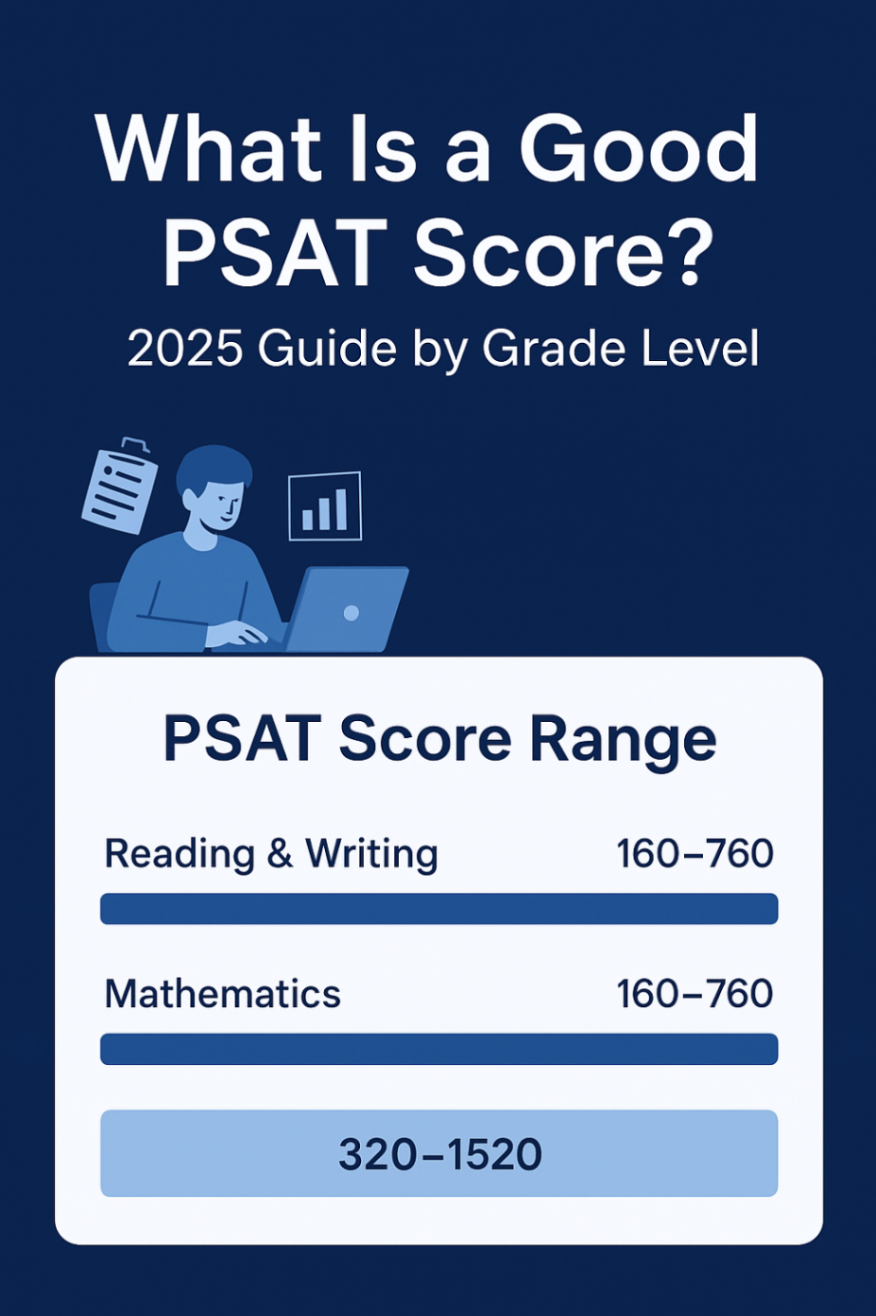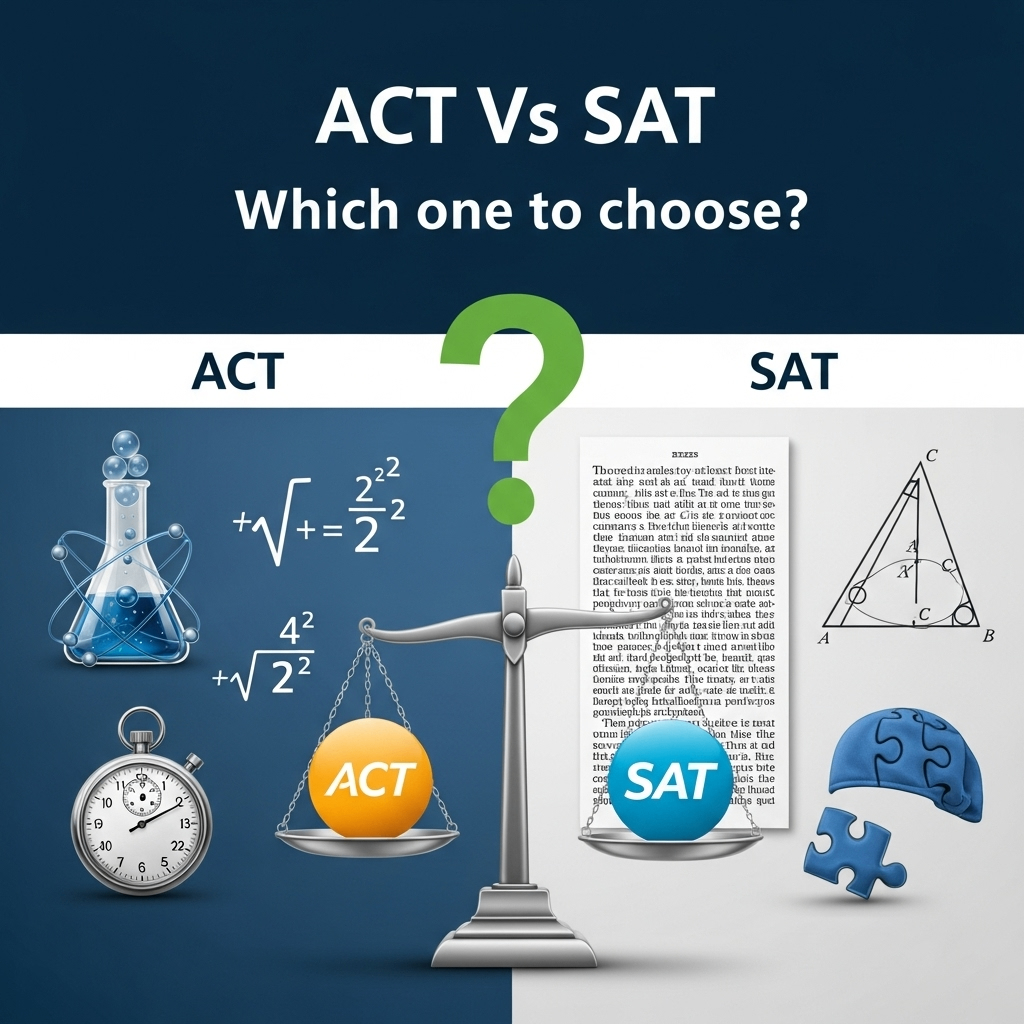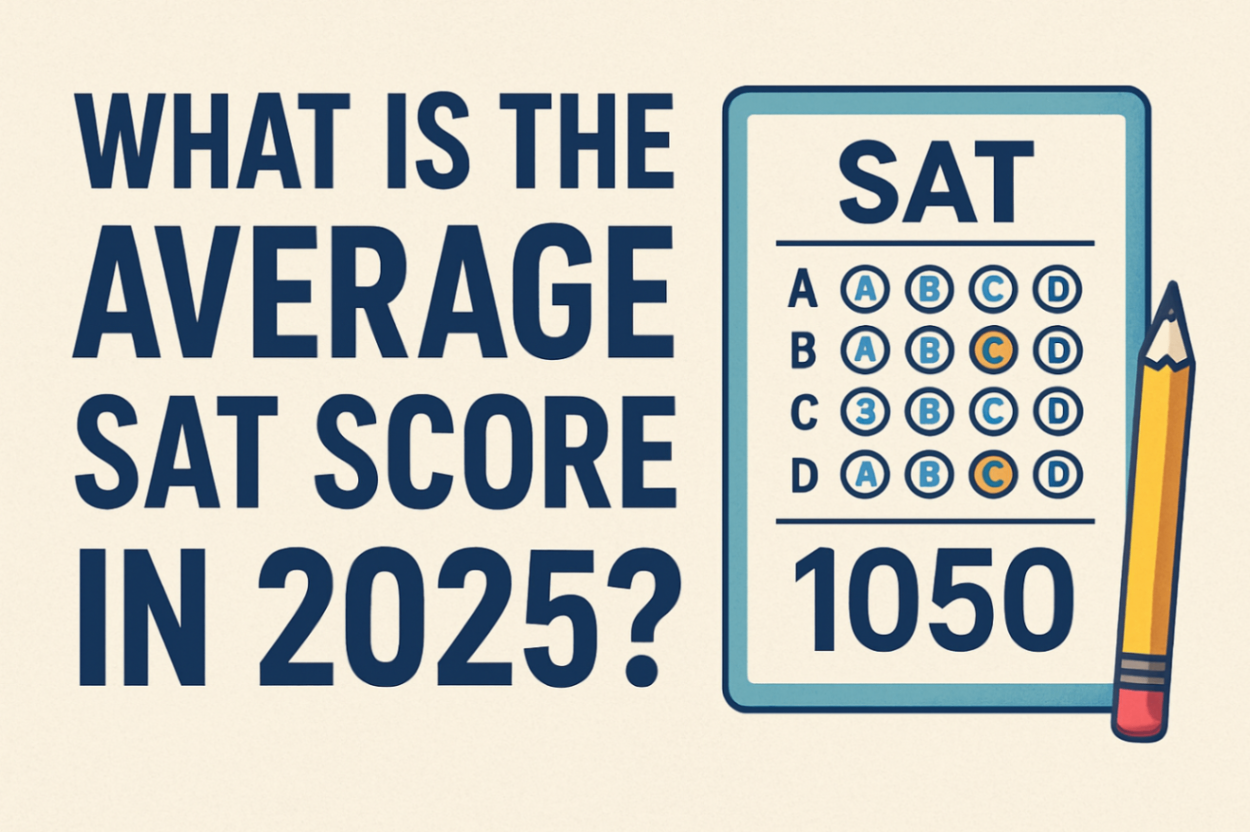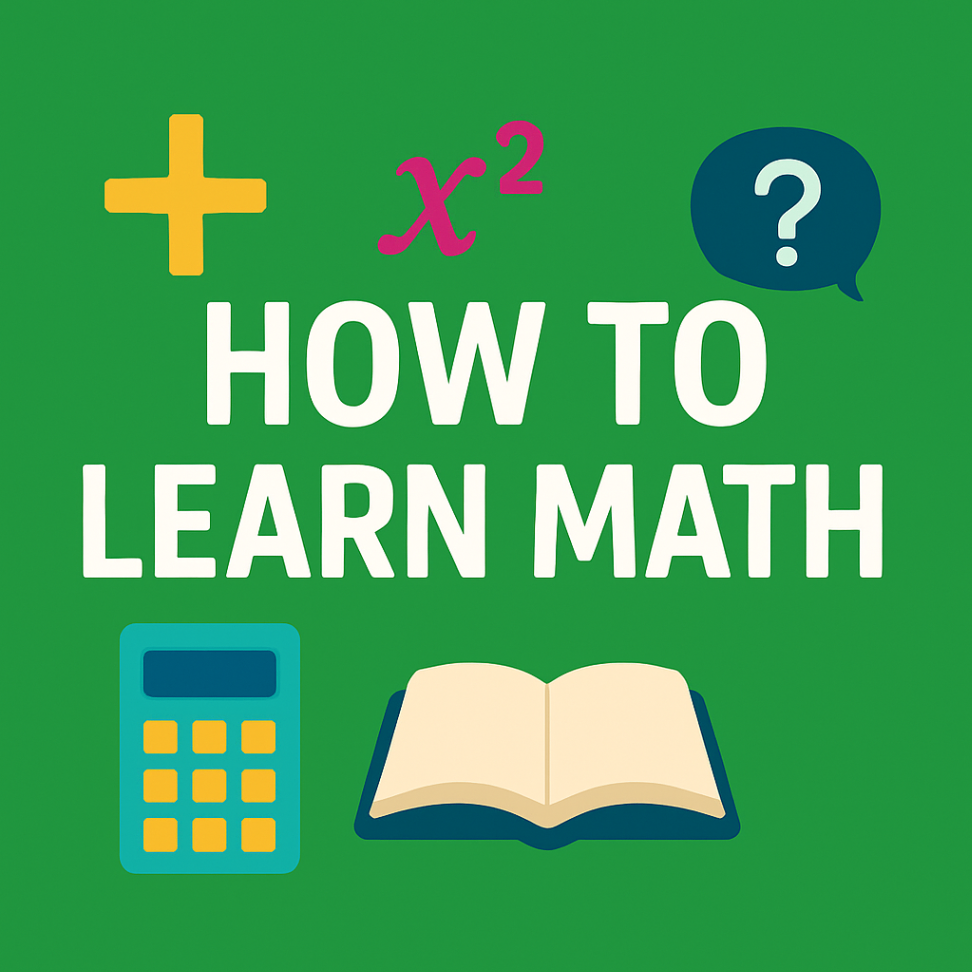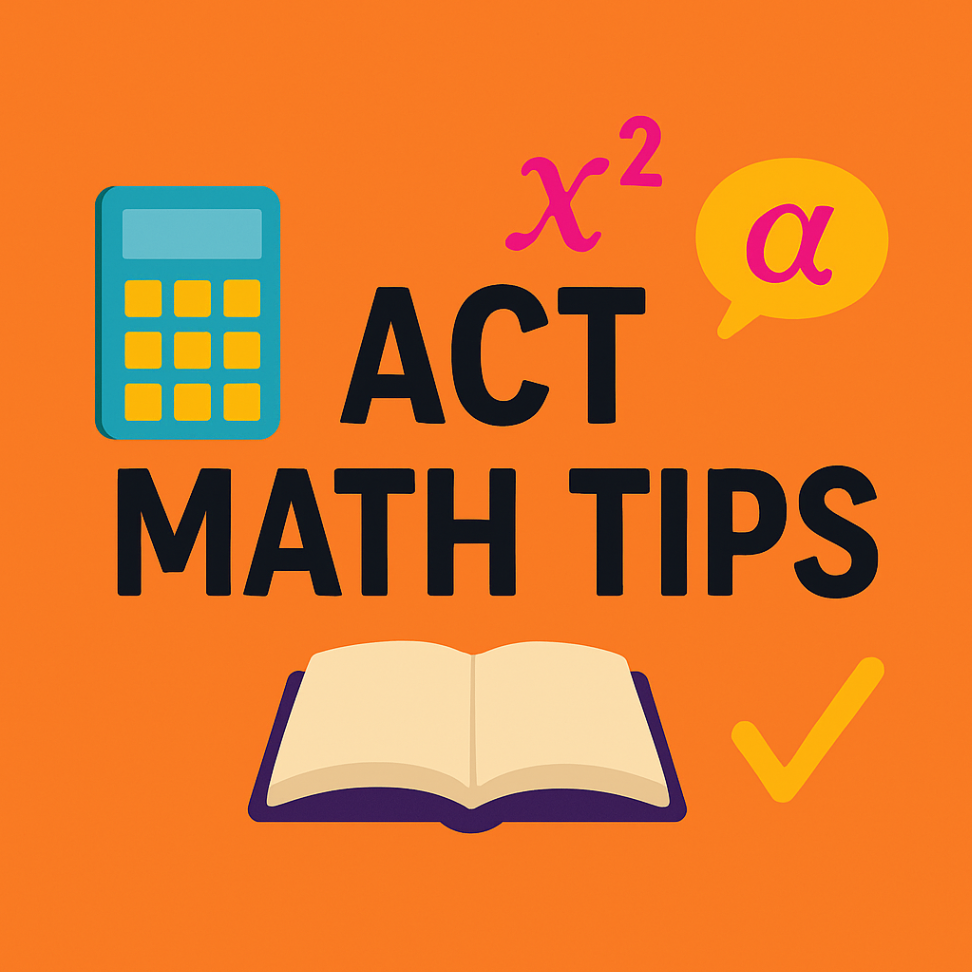Table of contents
- Understanding the Digital SAT Grammar Format
- Essential Punctuation Rules: SAT English Grammar Rules
- Verb Rules: Digital SAT Grammar Rules
- Pronoun Rules: Grammar Rules to Know for the SAT
- Modifier Rules: Digital SAT Grammar Rules Cheat Sheet
- Parallel Structure: Grammar SAT Rules
- Conciseness and Redundancy: SAT Grammar Rules Cheat Sheet
- Logical Comparisons: All SAT Grammar Rules
- Conjunctions and Transitions: Grammar Rules for the SAT
- Possessive vs. Plural: SAT All Grammar Rules
- Sentence Fragments and Run-Ons
- Strategic Approach to SAT Grammar Questions
Mastering SAT grammar rules is essential for achieving a high score on the Digital SAT Reading and Writing section. Approximately 26% of questions in this section test Standard English Conventions, making grammar knowledge crucial for test success. Whether you're looking for a comprehensive sat grammar rules cheat sheet or specific guidance on digital sat grammar rules, understanding these fundamental concepts will significantly boost your performance and confidence on test day.
Students seeking additional practice and personalized feedback can utilize our SAT Solver for targeted grammar exercises and instant explanations. Understanding grammar rules works hand-in-hand with knowing the average SAT score benchmarks to set realistic score improvement goals.
Understanding the Digital SAT Grammar Format
Before diving into specific grammar rules for sat, it's important to understand how grammar is tested on the Digital SAT. The format has evolved significantly, and knowing what to expect helps you prepare more effectively.
How Grammar Rules SAT Are Tested
The Digital SAT integrates grammar questions throughout the Reading and Writing section rather than separating them into distinct categories. These questions appear as multiple-choice items embedded within passages covering various subjects including science, humanities, history, and social studies.
Grammar questions on the Digital SAT fall into three main testing areas:
Boundaries: Focuses on sentence and clause boundaries, including punctuation marks like periods, semicolons, and commas that separate independent clauses.
Form, Structure, and Sense: Tests grammatical relationships within sentences, including subject-verb agreement, pronoun usage, verb tenses, and parallel structure.
Transitions: Assesses your ability to connect ideas logically using appropriate transitional words and phrases between sentences and paragraphs.
Essential Punctuation Rules: SAT English Grammar Rules
Punctuation represents the most frequently tested category in all sat grammar rules. Mastering these digital sat grammar rules will immediately improve your score, as punctuation questions often have clear right and wrong answers.
Complete vs. Incomplete Sentences
Understanding the difference between complete and incomplete sentences forms the foundation of all grammar rules for the sat. This concept determines which punctuation marks you can use.
Complete Sentence (Independent Clause): - Contains a subject and verb - Expresses a complete thought - Can stand alone as a sentence
Incomplete Sentence (Dependent Clause): - May contain a subject and verb - Does not express a complete thought - Cannot stand alone as a sentence
Periods and Semicolons: Grammar Rules SAT
These two punctuation marks function identically on the SAT and are used to separate complete sentences.
Rule: A period or semicolon can only be used between two complete sentences.
Correct: The museum houses ancient artifacts. It attracts thousands of visitors annually.
Correct: The museum houses ancient artifacts; it attracts thousands of visitors annually.
Incorrect: The museum houses ancient artifacts. Which attract thousands of visitors.
Comma Rules: SAT All Grammar Rules
Commas follow specific rules in the context of sat grammar rules. Understanding when to use them prevents common errors.
Rule 1: Comma + FANBOYS = Period/Semicolon
The FANBOYS (For, And, Nor, But, Or, Yet, So) are coordinating conjunctions. When you use a comma with one of these words, it functions like a period or semicolon.
Correct: The library was quiet, but the cafeteria was noisy.
Incorrect: The library was quiet but the cafeteria was noisy.
Rule 2: Comma Splices Are Always Wrong
A comma alone cannot separate two complete sentences. This creates a comma splice, which is always incorrect on the SAT.
Incorrect: The experiment succeeded, the researchers were pleased.
Correct: The experiment succeeded, and the researchers were pleased.
Correct: The experiment succeeded. The researchers were pleased.
Tip-off: Watch for comma + pronoun combinations (it, they, he, she, one, you, I), which often indicate comma splices.
Colons and Dashes: English SAT Grammar Rules
Colons and dashes introduce lists, explanations, or elaborations. The SAT considers these functionally equivalent, though colons appear more frequently in correct answers.
Rule: Colons and dashes must follow a complete sentence that logically sets up the information that follows.
Before a List: Correct: The expedition required essential supplies: tents, food, water, and first aid kits.
Incorrect: The expedition required: tents, food, water, and first aid kits.
Before an Explanation: Correct: The solution was obvious: increase funding for research programs.
Correct: The solution was obvious—increase funding for research programs.
Unlike semicolons, colons and dashes can be followed by either complete or incomplete sentences.
Verb Rules: Digital SAT Grammar Rules
Verb-related questions appear frequently among sat reading grammar rules. Two main issues dominate: verb tenses and subject-verb agreement.
Subject-Verb Agreement: Grammar Rules for SAT
Subjects and verbs must agree in number (singular or plural). This rule seems simple but becomes tricky when words separate the subject from the verb.
Rule: Identify the true subject of the sentence, ignoring prepositional phrases and other modifiers.
Correct: The collection of ancient manuscripts is housed in the library.
Incorrect: The collection of ancient manuscripts are housed in the library.
The subject is "collection" (singular), not "manuscripts" (plural). The prepositional phrase "of ancient manuscripts" is designed to distract you.
Common Traps: - Prepositional phrases between subject and verb - Inverted sentence structure - Compound subjects joined by "or" or "nor"
Verb Tense Consistency: SAT Reading and Writing Grammar Rules
Verb tenses should remain consistent within a sentence unless there's a clear shift in time period.
Rule: Keep verbs in the same tense when describing events occurring during the same time period.
Correct: The scientist conducted experiments and analyzed the results.
Incorrect: The scientist conducted experiments and analyzes the results.
Rule: Shift tenses when describing events at different times.
Correct: The researcher discovered the compound in 2020, and she continues to study its properties today.
Nine Basic Verb Tenses
Understanding all sat grammar rules requires familiarity with the nine basic verb tenses:
Present: I sing, I am singing, I have sung Past: I sang, I was singing, I had sung Future: I will sing, I will be singing, I will have sung
Pronoun Rules: Grammar Rules to Know for the SAT
Pronoun questions test your understanding of agreement, clarity, and proper case usage.
Pronoun-Antecedent Agreement
Rule: Pronouns must agree in number and gender with their antecedents (the nouns they replace).
Correct: Each student must submit his or her assignment by Friday.
Incorrect: Each student must submit their assignment by Friday.
While "their" is becoming acceptable in casual usage, the SAT still prefers formal agreement rules.
Commonly Confused Pronouns: All Grammar Rules for SAT
Its vs. It's: - Its = possessive form (The dog wagged its tail) - It's = contraction for "it is" (It's raining today)
Their vs. They're vs. There: - Their = possessive (Their books are on the table) - They're = contraction for "they are" (They're studying tonight) - There = a place or expletive (There are three options)
Who vs. Whom: - Who = subject pronoun (Who wrote the letter?) - Whom = object pronoun (To whom should I address this?)
Modifier Rules: Digital SAT Grammar Rules Cheat Sheet
Modifiers must be placed next to the words they describe to avoid confusion and maintain clarity.
Misplaced Modifiers
Rule: Place modifiers immediately next to what they modify.
Incorrect: Walking down the street, the trees looked beautiful.
Correct: Walking down the street, I noticed the beautiful trees.
In the incorrect version, it seems like the trees were walking down the street.
Restrictive vs. Nonrestrictive Modifiers
Restrictive Modifiers: Essential to the sentence's meaning; no commas needed.
Correct: Students who study regularly perform better on exams.
Nonrestrictive Modifiers: Can be removed without changing the core meaning; require commas.
Correct: My brother, who lives in Boston, visited last weekend.
Parallel Structure: Grammar SAT Rules
Parallel structure requires that items in a list or comparison maintain the same grammatical form.
Rule: All items in a series must use the same grammatical structure.
Incorrect: The job requires writing reports, to attend meetings, and data analysis.
Correct: The job requires writing reports, attending meetings, and analyzing data.
Incorrect: She enjoys swimming, hiking, and to read books.
Correct: She enjoys swimming, hiking, and reading books.
Conciseness and Redundancy: SAT Grammar Rules Cheat Sheet
The SAT values clear, concise writing. Wordiness and redundancy are always incorrect.
Rule: Choose the most concise option that maintains the original meaning.
Wordy: Due to the fact that it was raining, we stayed inside.
Concise: Because it was raining, we stayed inside.
Redundant: The final outcome of the experiment was successful.
Better: The outcome of the experiment was successful.
Common Redundancies to Avoid: - Past history (history is always past) - Future plans (plans are always for the future) - Each individual person (individual already means one person) - Completely eliminate (eliminate already means completely remove)
Logical Comparisons: All SAT Grammar Rules
Comparisons must be logical and grammatically parallel.
Rule: Compare like things to like things.
Incorrect: Charles Dickens's novels are more complex than Jane Austen.
Correct: Charles Dickens's novels are more complex than Jane Austen's novels.
You're comparing novels to novels, not novels to a person.
Rule: Use "other" when comparing something to a group it belongs to.
Incorrect: For astronauts, the moon is easier to reach than any celestial body.
Correct: For astronauts, the moon is easier to reach than any other celestial body.
The moon is a celestial body, so it must be compared to "other" celestial bodies.
Conjunctions and Transitions: Grammar Rules for the SAT
Choosing the correct conjunction or transition word clarifies relationships between ideas.
Common Transitional Words
Cause and Effect: because, therefore, consequently, thus, hence
Contrast: however, nevertheless, although, whereas, while
Addition: furthermore, moreover, additionally, also
Example: for example, for instance, such as
Rule: Select transitions that accurately reflect the logical relationship between ideas.
Incorrect: The experiment failed; therefore, the team considered it a success.
Correct: The experiment failed; however, the team learned valuable lessons.
Possessive vs. Plural: SAT All Grammar Rules
Distinguishing between possessive and plural forms prevents common apostrophe errors.
Rule: Apostrophe + s (or lone apostrophe) indicates possession; s alone indicates plural.
Plural: The students submitted their papers.
Possessive: The student's paper was excellent.
Plural Possessive: The students' papers were excellent.
Exception: Personal pronouns use different rules. "Its" is possessive, while "it's" means "it is."
Sentence Fragments and Run-Ons
Complete sentences require both a subject and a verb, expressing a complete thought.
Fragment (Incorrect): Although the weather was perfect.
Complete (Correct): Although the weather was perfect, we stayed inside.
Run-on (Incorrect): The concert was amazing I bought tickets for next year.
Correct: The concert was amazing. I bought tickets for next year.
Correct: The concert was amazing, so I bought tickets for next year.
Strategic Approach to SAT Grammar Questions
Understanding grammar rules for sat is only half the battle. Applying these rules effectively requires strategy.
Don't Rely on "Sounds Right"
The SAT deliberately includes wrong answers that may sound acceptable in casual speech. Always apply specific grammar rules rather than trusting your ear.
Identify the Grammar Concept Being Tested
Each question tests a specific rule. Quickly identify which category the question falls into (punctuation, verbs, pronouns, modifiers, etc.) and apply the relevant rule.
Eliminate Obviously Wrong Answers
Use your knowledge of sat english grammar rules to eliminate choices that violate basic grammar principles, then carefully evaluate remaining options.
Read in Context
Always read the complete sentence or surrounding sentences. Context often reveals the correct answer, especially for questions about verb tense or transitions.
Conclusion: Mastering SAT Grammar Rules
Success on the SAT Reading and Writing section requires thorough understanding of all grammar rules for sat. While the number of rules may seem overwhelming initially, they follow consistent patterns that become intuitive with practice.
Focus your preparation on the most frequently tested areas: punctuation rules (especially commas, semicolons, and comma splices), subject-verb agreement, verb tense consistency, and pronoun usage. These digital sat grammar rules appear in the majority of grammar questions and offer the quickest path to score improvement.
Remember that sat grammar rules cheat sheet knowledge alone isn't sufficient—you must practice applying these rules under timed conditions using official SAT practice materials. Regular practice helps you recognize patterns quickly and respond accurately on test day.
The sat reading and writing grammar rules tested on the Digital SAT represent standard formal English conventions that apply beyond the test itself. Mastering these rules not only improves your SAT score but also strengthens your writing skills for college and career success.
By systematically studying each category of grammar rules sat, practicing with authentic questions, and reviewing your mistakes carefully, you'll develop the expertise needed to excel on the grammar portion of the Digital SAT. Approach each practice session with focus and patience, and you'll see consistent improvement in both speed and accuracy.
What are the most important SAT grammar rules to memorize?
The most crucial grammar rules for sat include punctuation rules (how to use periods, semicolons, commas, colons, and dashes), subject-verb agreement, verb tense consistency, pronoun-antecedent agreement, and parallel structure. These concepts appear most frequently on the test and offer the highest return on study time. Master these fundamental rules before moving to less common concepts.
How many grammar questions are on the Digital SAT?
Approximately 26% of questions in the SAT Reading and Writing section test Standard English Conventions, which includes all grammar rules sat. This translates to roughly 12-15 grammar questions out of the 54 total Reading and Writing questions. These questions are integrated throughout the section rather than appearing in a separate grammar subsection.
Is there a comprehensive SAT grammar rules cheat sheet?
Yes, this guide serves as a comprehensive digital sat grammar rules cheat sheet covering all major concepts tested on the Digital SAT. Key categories include punctuation, verbs, pronouns, modifiers, parallel structure, conciseness, comparisons, transitions, and sentence construction. Print or bookmark this resource for quick reference during your SAT preparation.
How do digital SAT grammar rules differ from the paper SAT?
The digital sat grammar rules remain largely consistent with previous SAT versions, but the format has changed. Grammar questions now appear integrated within Reading and Writing passages rather than in a separate Writing and Language section. The Digital SAT also emphasizes certain punctuation rules, particularly colons, more heavily than previous versions. The adaptive nature of the digital test means question difficulty adjusts based on your performance.
Can you score well on SAT grammar without memorizing all the rules?
While native English speakers may have intuitive understanding of some grammar rules for the sat, relying solely on what "sounds right" leads to incorrect answers. The SAT deliberately includes wrong answers that sound acceptable in casual speech but violate formal English conventions. Explicitly learning and practicing sat english grammar rules significantly improves accuracy and speed, making memorization essential for achieving a competitive score.

